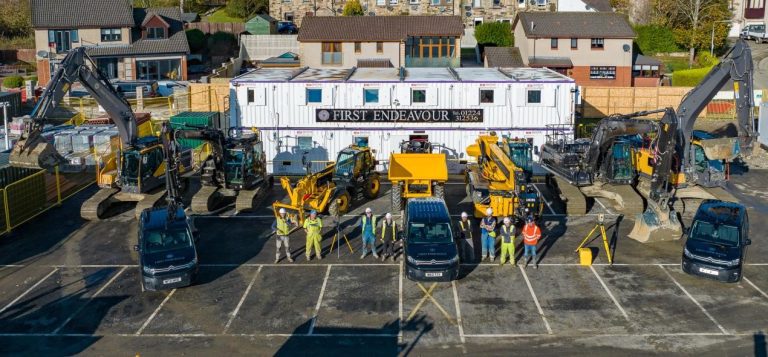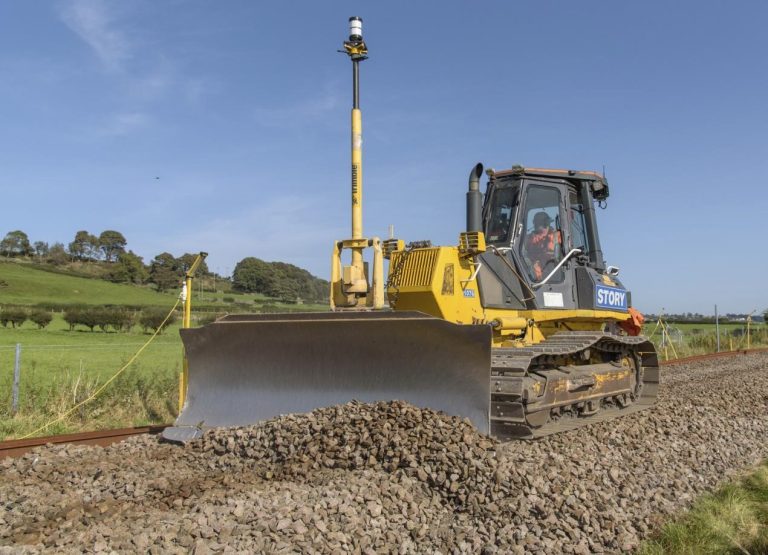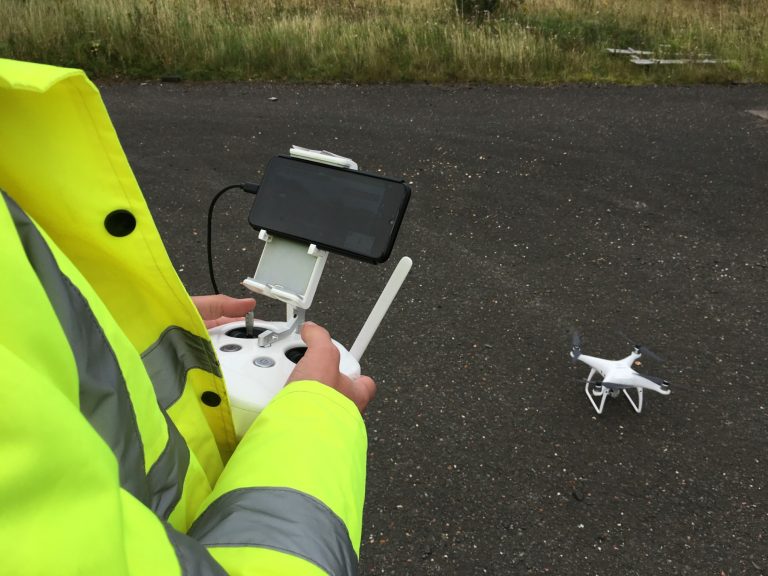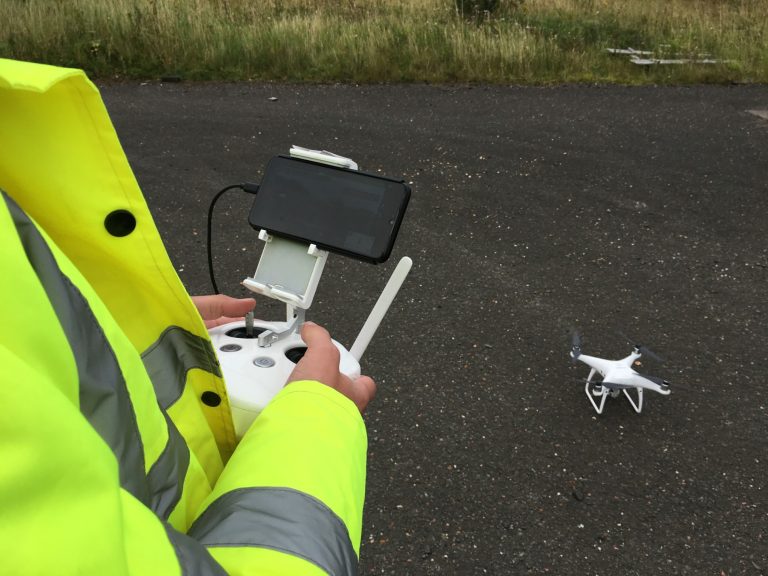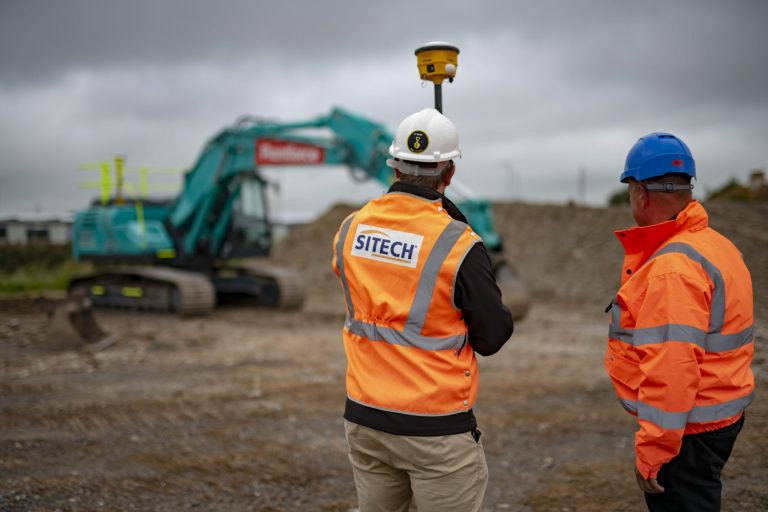The construction site will be human-free by 2050. That’s what Balfour Beatty predicted in its Innovation 2050 report back in 2017. While 2050 is far in our future, technology is already changing how we work on construction sites. Here Carl Parsons, regional sales manager of heavy civil solutions at SITECH, the UK and Ireland’s sole distributor of Trimble® machine control technology, makes his predictions about the site of the future. Balfour Beatty predicted that, in thirty years’ time, robots will complete most tasks on a construction site. This prediction seems far away from the common perception of construction as predominantly manual, dirty and dangerous tasks completed by an ageing workforce. While it is true that the construction industry still relies on manual processes to complete many operations, technology is already greatly benefitting contractors. Embracing construction technology could guarantee the success of construction companies in the future by improving the efficiency of their current workforce, combating the growing skills gap and helping them to be more competitive. So, if the UK construction industry invested in technology, what would the site of the future look like? Better connection One of the simplest, but most effective, improvements that technology can make is in communication. Slow communication can cause big issues on a construction site — if surveyors and machine operators work from different versions of the design, they may find that the completed work is incorrect and will have to budget for reworking. Reworking also increases the possibility that the contractors will not meet the agreed deadline of the project. By moving from paper to digital design files, surveyors can improve how they distribute and communicate information. They can also use Trimble WorksManager software to consolidate designs and check, at a glance, that every machine and person is using the same computer aided design (CAD) file. Everyone working to the same design reduces the risk of error and consequential reworking. Most contractors use file transfer technology to send converted CAD plans straight from the architect to the cab. To achieve the technology’s full potential, construction managers can set up two-way communication, by also sending information from the cab back to the office. Operators can send real time data about the work they’ve done during the day to the office immediately, allowing the surveyor to clearly track progress. Better connectivity also means more opportunities for remote collaboration. Surveyors no longer have to be on site to communicate changes to the team and can oversee multiple projects from one location, reducing the time lost to travel. Architects can also adapt their designs from anywhere in the world and immediately send it to site, suggesting that in the future, a fully connected site will not be limited by geographical location and we’ll see more global collaboration. Autonomous machines Contractors that use conventional machinery rely on people for accuracy. Multiple workers will operate near an excavator to check for accuracy — one in the cab, one watching the machine and one checking levels of material. However, relying on the human eye means that there are multiple opportunities for human error to negatively impact productivity. Excavators may be digging in the wrong area, at the wrong depth or angle or might remove more material than necessary — and putting material back is more costly than removing it. Machine control technology allows a machine operator to complete the accurately without assistance from others, saving costs in time and labour. Operators immediately access information about where to dig and to what depth directly from the digital plans. They can then input the data into the excavator so that it will always operate accurately, reducing costs in new materials. In the future we’ll see an increase in understanding about the value of this technology, as construction businesses see how improved accuracy saves time, fuel and material. For it to fully take off, contractors will need to prove the benefits of the technology to third parties. For example, consultants and architects aren’t usually aware of what information the contractors need to use machine control technology efficiently and still offer 2D or even paper versions of the CAD design. This then requires the engineer to completely recreate the design digitally again. If contractors can clearly communicate why they need the data itself, outside parties will contribute the required data and ensure projects go to plan. Simpler surveying Traditional site surveying requires engineers to walk the site and add level posts (Travellers) so that operators know how much material to excavate. This is a costly and time-consuming process that often delays the commencement of work. Also, if any posts are accidentally moved or fall due to weather conditions, the site manager must organise an engineer to come and replace the levels at an additional cost. Drone surveys are now becoming more common, as the technology can survey thousands points quickly and accurately — completing the task in minutes rather than hours using traditional methods. Drones can also collect and process data immediately, sending relevant information straight back to surveyors and machines. We’ll see drones used more in the future for regular site surveys. Surveyors can install a dedicated Ground Control Stations on site and fly the drone regularly to check work is going according to schedule once every few days or weeks, depending on the length of the project, and send the information back to the office. Drone technology can also collect data in areas where engineers might struggle to record accurate information safely, such as measuring blasts in a quarry, monitoring levels in landfills or large stockpiles. A new type of reality Augmented reality (AR) technology will play a large role in how we interact with future construction sites. Technologies such as Trimble® SiteVision allow surveyors to superimpose the design onto the site, to fully understand how the work they complete fits into the final design. Machine operators can also use the same technology integrated into Trimble® Earthworks to superimpose cut and fill values onto machine buckets when moving
